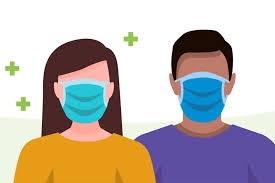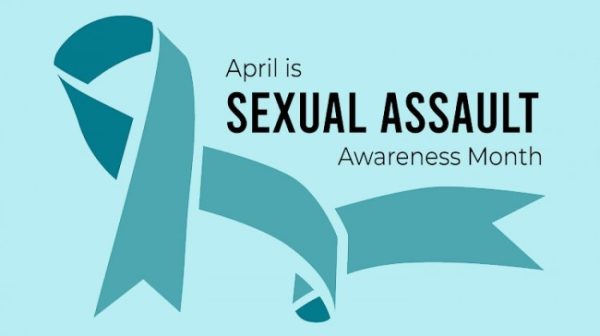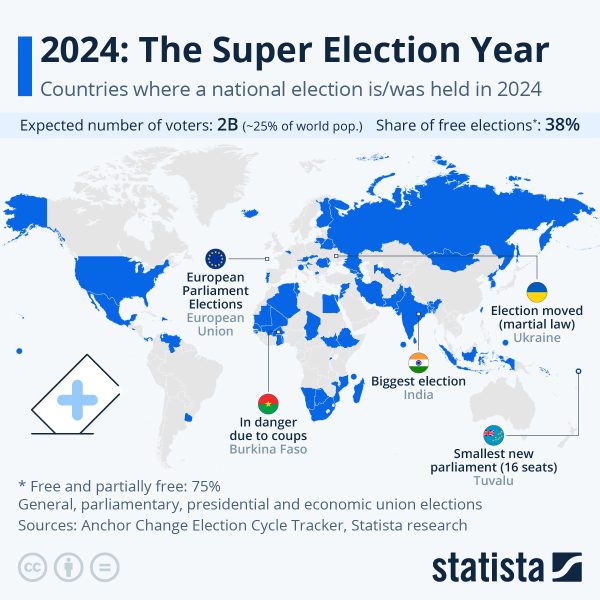In spite of the fact that Coronavirus has yet to be controlled, the world is in dire need of returning back to a semblance of normal life while also maintaining safety precautions. These precautions of remaining six feet apart and wearing masks are still in place due to the consistent risk of becoming infected by the virus. The world is still facing a pandemic… but why hasn’t Coronavirus been controlled or contained yet? One factor is the virus itself. COVID-19 is a respiratory illness that can be caught easily and transmitted fast. People who have the virus can take longer to show symptoms, and if these symptoms present they can easily be misinterpreted as something as simple as allergies or the common cold. When someone is infected with Coronavirus, they remain contagious for long periods of time even when presenting little to no symptoms. This can be a problem, as issues with recognizing the illness mean that more people can unknowingly transmit it within the public. On top of the fact that Coronavirus can be difficult to identify without proper testing, people susceptible to the virus have little means to protect themselves besides safety precautions. Unlike  viruses like the flu, there is no vaccine available yet to prevent infection from COVID-19. And while vaccines are being created, these vaccines must undergo the necessary trials and stages of development before being released for use in the general population (and this would come after such vaccines have been manufactured and distributed). This, understandably, takes a decent amount of time. So people must still practice social distancing, mask wearing, and hand-washing to prevent the spread of Coronavirus. Another issue with the pandemic is the fact that shut downs in many countries do not work. This is often the case with developing countries and developed countries (especially the lower to middle class and minority populations).
viruses like the flu, there is no vaccine available yet to prevent infection from COVID-19. And while vaccines are being created, these vaccines must undergo the necessary trials and stages of development before being released for use in the general population (and this would come after such vaccines have been manufactured and distributed). This, understandably, takes a decent amount of time. So people must still practice social distancing, mask wearing, and hand-washing to prevent the spread of Coronavirus. Another issue with the pandemic is the fact that shut downs in many countries do not work. This is often the case with developing countries and developed countries (especially the lower to middle class and minority populations).
In the case of developing countries, a complete shutdown elevates the pressing issues of those without housing, clean water, and proper sanitation. This leads to greater vulnerability, enabling the spread of the virus. For minorities and lower classes in developed countries, Coronavirus hits similarly as people without access to healthcare and healthy diets are left susceptible to the virus. Some of the jobs for these populations may require physical attendance at work, which could lead to either catching the virus or losing a job . The current scars of the last shut down make it difficult to contain Coronavirus, as it is already spreading throughout countries and populations.
. The current scars of the last shut down make it difficult to contain Coronavirus, as it is already spreading throughout countries and populations.
Looking at the impact Coronavirus has had on the present-day, it is clear that individuals all around the world have found a somber kinship in joint experience. This sort of an event evokes a unified urge to keep similar tragedies from occurring in the future, so as to avoid the scope of the pains elicited from such sufferings. While a vaccine may not be here yet, it is clear that Coronavirus itself will remain a present factor in our lives. The containment of the virus has proven difficult given the lack of treatment options, meaning that it is still necessary to continue the practice of safety precautions until COVID-19 can be controlled.
References
“COVID-19 (coronavirus) vaccine: Get the Facts.” Mayo Clinic, 10 Sept. 2020, www.mayoclinic.org/diseases-conditions/coronavirus/in-depth/coronavirus-vaccine/art-20484859#:~:text=Realistically%2C%20a%20vaccine%20will,possible%20for%20this%20virus. Accessed 13 Oct. 2020.
“Health Equity Considerations and Racial and Ethnic Minority Groups.” Centers for Disease Control and Prevention, 24 July 2020, www.cdc.gov/coronavirus/2019-ncov/community/health-equity/race-ethnicity.html. Accessed 13 Oct. 2020.
“How Does COVID-19 Compare to past Pandemics?” Gavi the Vaccine Alliance, 1 June 2020, www.gavi.org/vaccineswork/how-does-covid-19-compare-past-pandemics. Accessed 13 Oct. 2020.
“Similarities and Differences between Flu and COVID-19.” Centers for Disease Control and Prevention, 6 Oct. 2020, www.cdc.gov/flu/symptoms/flu-vs-covid19.htm#:~:text=COVID%2D19%20seems%20to%20spread,vaccine%20to%20prevent%20COVID%2D19. Accessed 13 Oct. 2020.

 viruses like the flu, there is no vaccine available yet to prevent infection from COVID-19. And while vaccines are being created, these vaccines must undergo the necessary trials and stages of development before being released for use in the general population (and this would come after such vaccines have been manufactured and distributed). This, understandably, takes a decent amount of time. So people must still practice social distancing, mask wearing, and hand-washing to prevent the spread of Coronavirus. Another issue with the pandemic is the fact that shut downs in many countries do not work. This is often the case with developing countries and developed countries (especially the lower to middle class and minority populations).
viruses like the flu, there is no vaccine available yet to prevent infection from COVID-19. And while vaccines are being created, these vaccines must undergo the necessary trials and stages of development before being released for use in the general population (and this would come after such vaccines have been manufactured and distributed). This, understandably, takes a decent amount of time. So people must still practice social distancing, mask wearing, and hand-washing to prevent the spread of Coronavirus. Another issue with the pandemic is the fact that shut downs in many countries do not work. This is often the case with developing countries and developed countries (especially the lower to middle class and minority populations).
 . The current scars of the last shut down make it difficult to contain Coronavirus, as it is already spreading throughout countries and populations.
. The current scars of the last shut down make it difficult to contain Coronavirus, as it is already spreading throughout countries and populations.







